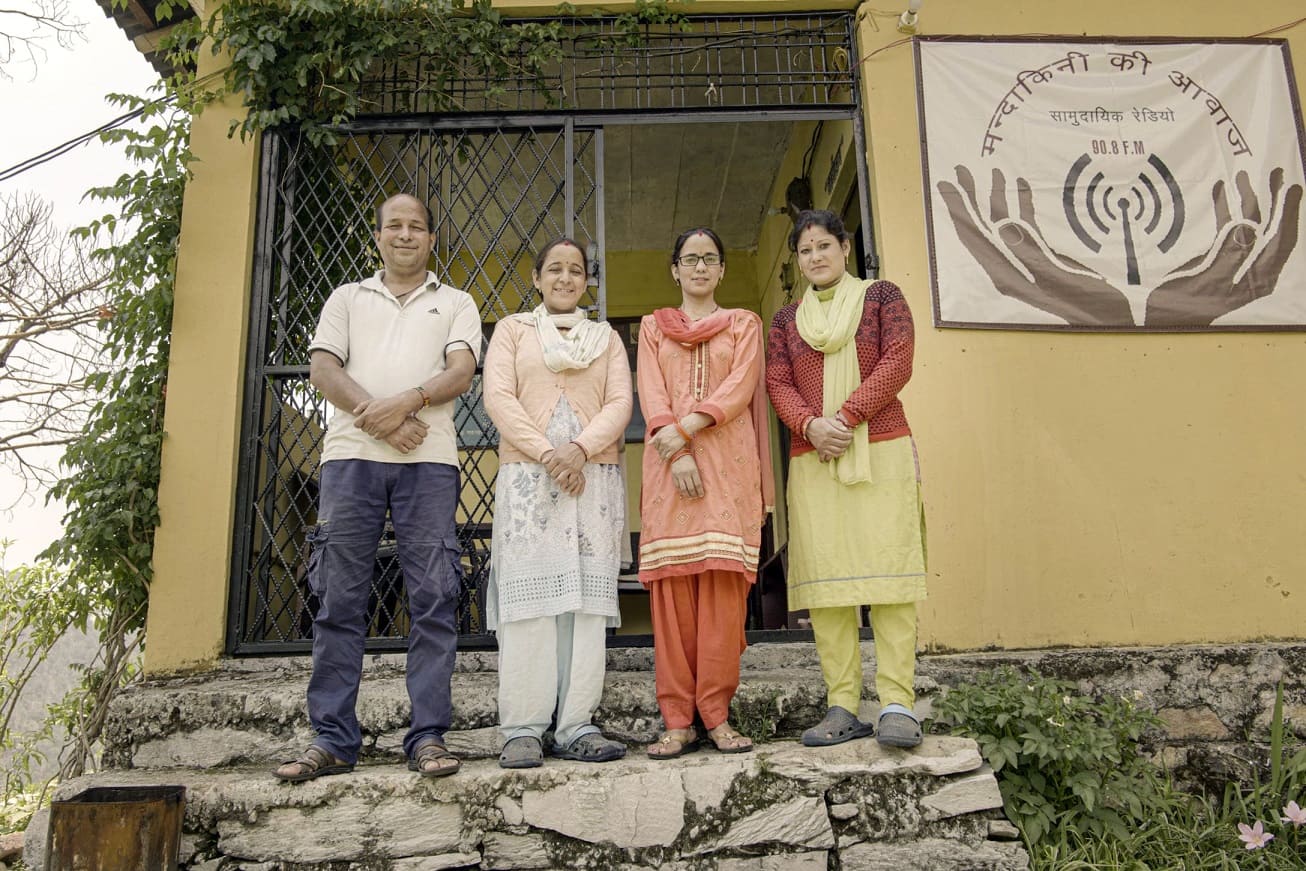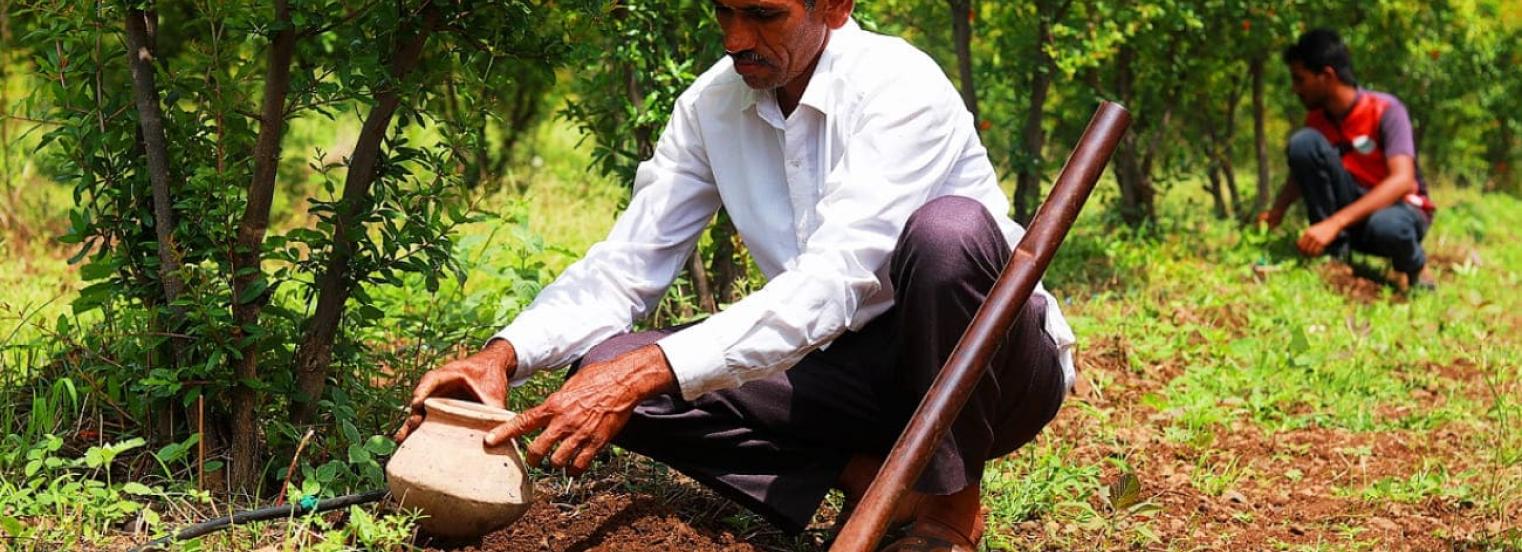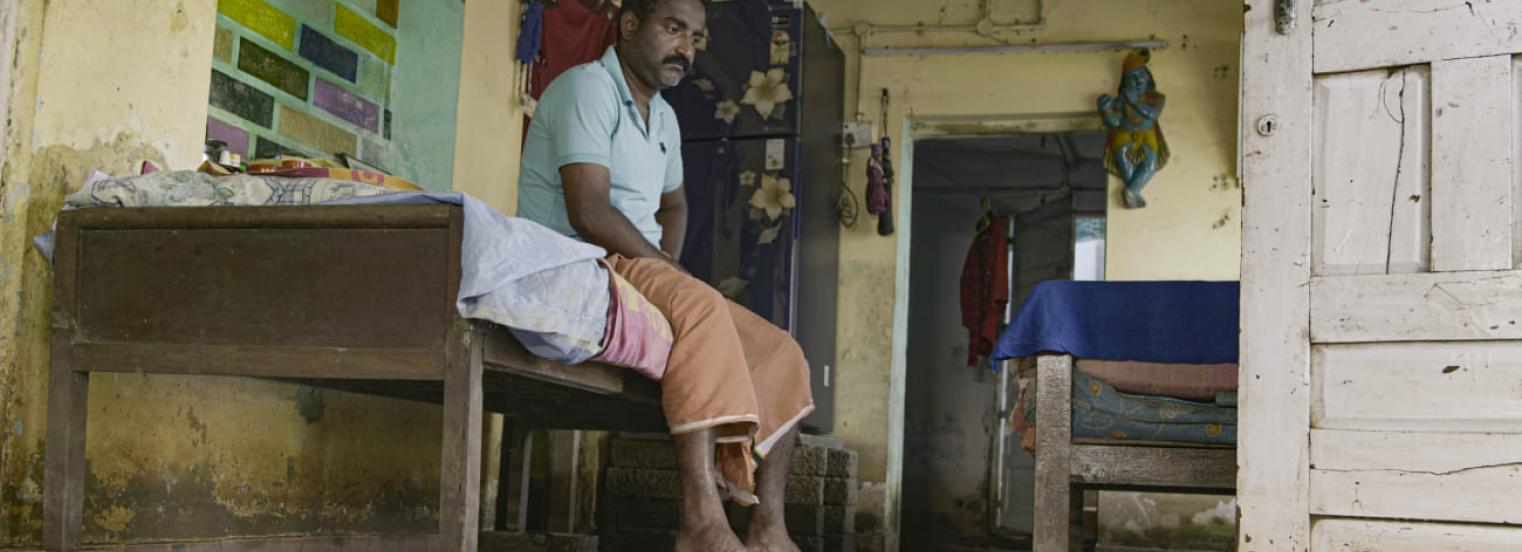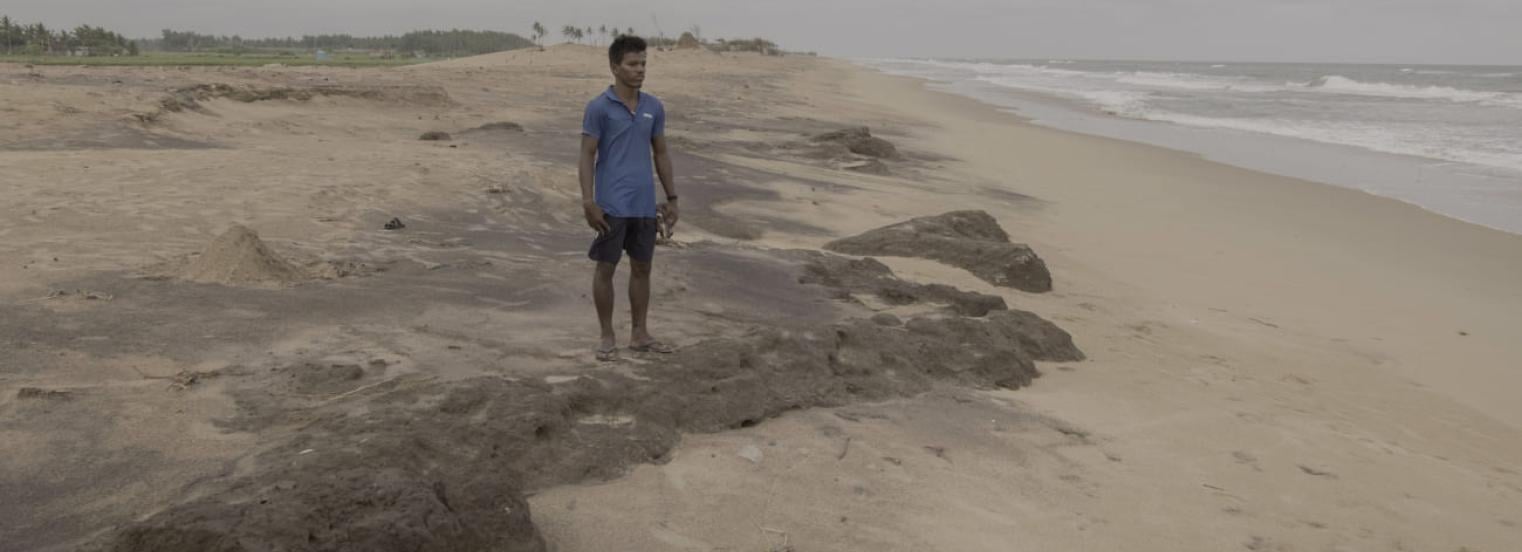



Thirty-one-year-old Poonam Rawat’s voice is recognisable across five districts in the Indian state of Uttarakhand’s Garhwal region. For someone who identifies herself as an introvert, Poonam now has an audience of nearly 3.5 lakh, who tune in to her bulletins and programs regularly. Poonam’s life took a turn eight years ago when she joined Mandakini ki Awaz, a community radio station in Sena Gadsari village in Rudraprayag district.
Given that the Garhwal region is prone to floods, landslides and forest fires, the station lays a special emphasis on broadcasting public service announcements (PSAs) related to these climate extreme events. According to CEEW analysis, there has been a four-fold increase in the frequency and intensity of floods and associated events like landslides in Uttarakhand since the 1970s.
“Before, during and after a disaster, we sensitise the community through our programs,’’ says Poonam, a communications head and one of the leading radio jockeys at the station.
The radio station, which began operations in 2014, was conceived by the non-governmental organisation — Mandakini ki Awaz Kalyan Sewa Samiti — with the support of a Bangalore-based organisation, People’s Power Collective. It was named after the ‘Mandakini’ river, which flows nearby. Mandakini Ki Awaz is run and managed by the community and produces programs on topics such as agriculture, culture, education, health and livelihoods, especially with a hyperlocal focus. The programs are broadcasted in the Garhwali language.
Over the years, the radio station has become an invaluable link between the government and the communities in enhancing disaster preparedness. The India Meteorological Department, Dehradun, provides the station with accurate and up-to-date weather information. They also often correspond with the State Disaster Management Authority (SDMA), which relies on the station to air key messages and early warnings.
The 2013 Kedarnath flash floods, which left over 5,000 dead, were a grim reminder of the vulnerability of the region. Recalling the challenges in disseminating accurate information during that time, Poonam says that her team took a deliberate decision to focus more on disasters.

Poonam Rawat (second from left) and her team at Mandakini Ki Awaz. Photo: Shawn Sebastian
“There was no facility for connectivity. People could not receive information and important messages,” says Poonam. She feels that a well-established last-mile communication infrastructure, which issues early warnings and timely weather information, could have saved several lives. “Later, the community themselves demanded that we make more programs on disasters,” she adds.
“We started making two-minute PSAs,’’ says Poonam, adding that some of the slightly humorous, character-centric PSAs have made a big impact among the local community. For example, one such PSA, with a witty head priest as the protagonist, managed to discourage people from constructing houses along the river banks.
Before the onset of monsoon every year, the station airs precautionary measures the villagers must take. These include clearing canals to facilitate the smooth flow of rainwater and keeping an emergency kit handy at home.
The local communities have increasingly become reliant on the radio for accessing news. Yogamber Singh Rawat, a retired school teacher, who is a regular listener, says, “Many, including non-literates, depend on it for information on weather and disasters.’’ Tuning to 90.4 FM — the frequency of Mandakini ki Awaz — he adds, “Those who go to the forest or those who venture out for grazing get clarity about the weather conditions through the radio broadcasts. They can then take precautionary measures and safeguard themselves.’’
“Unlike earlier, we now know exactly what must be done in the event of a disaster so that we can save our lives,” Yogamber says with an air of confidence.
Meanwhile, at Mandakini ki Awaz, Poonam is gearing up to begin her live broadcast. She browses through the day’s newspaper on her smartphone to choose relevant pieces of information for her listeners. At the end of the bulletin, she concludes with the motto of the station: “We will always be with our listeners. We will strive to reduce the impacts of disasters on the local community.”
Watch the full film here.

How an Ahmednagar farmer is adapting to drought

How Kerala’s Kuttanad is building climate-resilient houses

Relocated Odisha villagers call for climate-proofing livelihoods